Energy Efficiency Demand
The increasing emphasis on energy efficiency is a pivotal driver for the uPVC Doors and Windows Market. As consumers become more environmentally conscious, the demand for energy-efficient solutions rises. uPVC doors and windows are known for their excellent thermal insulation properties, which can significantly reduce heating and cooling costs. According to recent data, homes equipped with uPVC windows can save up to 30% on energy bills compared to traditional materials. This trend is further supported by government initiatives promoting energy-efficient building practices, which encourage homeowners to invest in uPVC products. Consequently, the uPVC Doors and Windows Market is likely to experience substantial growth as more consumers seek sustainable and cost-effective solutions.
Rising Construction Activities
The resurgence of construction activities across various sectors is a significant driver for the uPVC Doors and Windows Market. With urbanization and population growth, there is a heightened demand for residential and commercial buildings. The construction sector is projected to grow at a rate of approximately 5% annually, which directly influences the demand for uPVC products. Builders and architects increasingly prefer uPVC doors and windows due to their versatility, aesthetic appeal, and cost-effectiveness. This trend indicates that the uPVC Doors and Windows Market is poised for expansion as new projects emerge, creating opportunities for manufacturers and suppliers.
Regulatory Support for Sustainable Building
Regulatory frameworks increasingly favor sustainable building practices, which serves as a crucial driver for the uPVC Doors and Windows Market. Governments worldwide are implementing stringent building codes that mandate the use of energy-efficient materials. uPVC doors and windows align well with these regulations due to their durability and low maintenance requirements. For instance, many regions have introduced incentives for homeowners who choose eco-friendly materials, further propelling the demand for uPVC products. This regulatory support not only enhances the market's appeal but also positions the uPVC Doors and Windows Market as a key player in the transition towards sustainable construction.
Technological Advancements in Manufacturing
Technological advancements in manufacturing processes are transforming the uPVC Doors and Windows Market. Innovations such as automated production lines and improved material formulations enhance the quality and efficiency of uPVC products. These advancements not only reduce production costs but also enable manufacturers to offer a wider range of designs and finishes, catering to diverse consumer preferences. As technology continues to evolve, the uPVC Doors and Windows Market is likely to benefit from increased competitiveness and product differentiation, attracting a broader customer base. This dynamic environment suggests a promising future for the industry as it adapts to changing market demands.
Consumer Preference for Low Maintenance Solutions
The growing consumer preference for low maintenance solutions is a notable driver for the uPVC Doors and Windows Market. Homeowners increasingly seek products that require minimal upkeep while providing durability and aesthetic appeal. uPVC doors and windows are inherently resistant to rot, corrosion, and fading, making them an attractive option for busy individuals and families. Market data indicates that the demand for low maintenance building materials is on the rise, with uPVC products gaining popularity in both residential and commercial sectors. This trend suggests that the uPVC Doors and Windows Market will continue to thrive as consumers prioritize convenience and longevity in their purchasing decisions.


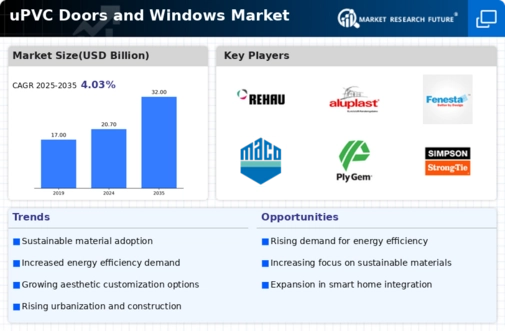

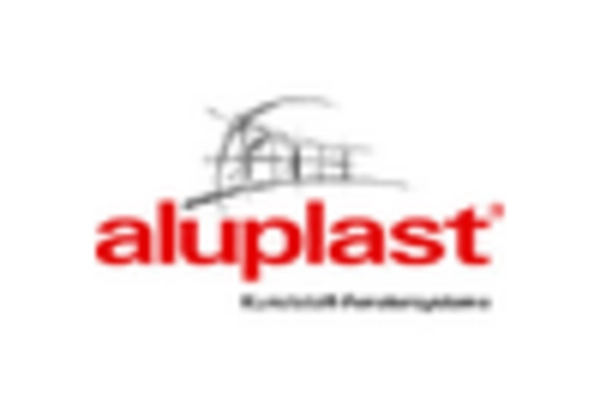
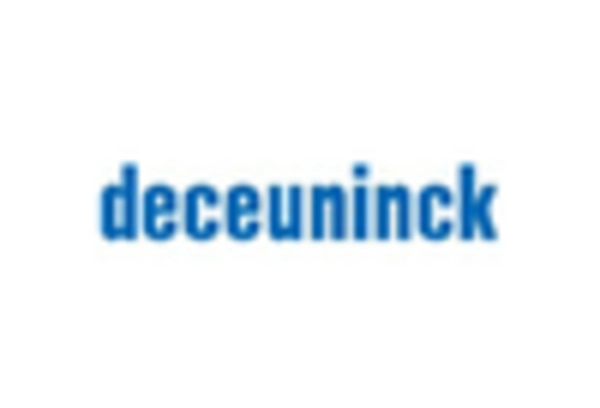


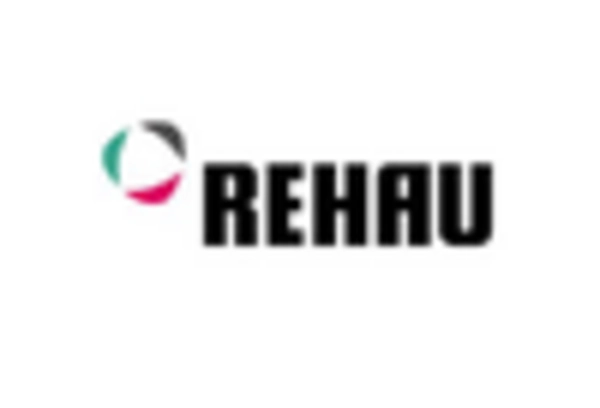
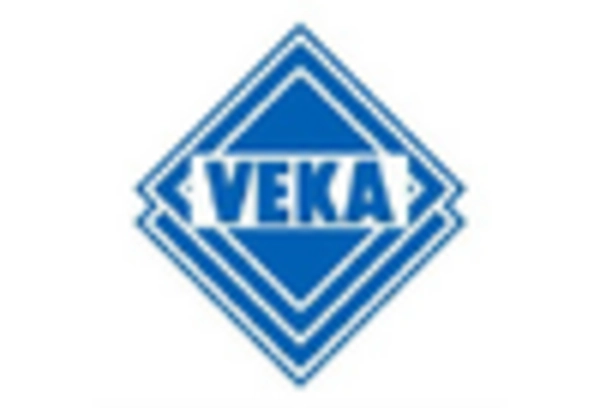








Leave a Comment